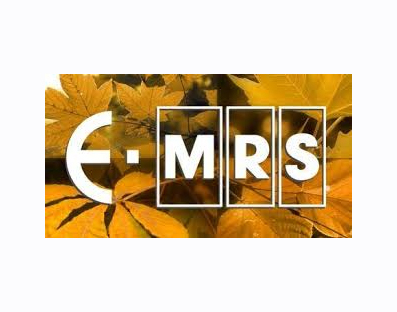The imaging and sensing technology operating in the THz region of the electromagnetic spectrum has a number of applications, with demonstrator products already available on the market for oncology imaging, production monitoring, and non-destructive test. However, the THz sources now at hand, are still bulky and too expensive for expanding this technology to other proposed applications, which also include, among other, THz bandwidth photonics and security imaging. A higher level of integration with control electronics, a lower production cost, and a broader wavelength range of emission towards the far-infrared, are all desirable features to expand the fields of application of THz radiation. N-type Ge/SiGe quantum cascade structures grown on top of a Si(001) substrate are particularly promising for realizing a Si based THz source. The low effective mass m*=0.118mo and long non radiative relaxation times due to the non-polar nature of the material, are expected to i) provide gain values close to those demonstrated in III-V quantum cascade structures at 4 K, and ii)to potentially enable 300 K operation. In this presentation we shall discuss the optical and structural properties of n-type s-Ge/SiGe multi-quantum wells and asymmetric coupled quantum wells grown on Si(001) substrates by means of ultrahigh vacuum chemical vapor deposition. By comparing far-infrared absorption, pump-and-probe, and time domain pectroscopies data with thorough theoretical modeling and simulations, we shall demonstrate how this material system can indeed be considered as a promising candidate for active material in quantum cascade lasers (QCL).We found i) narrow intersubband (ISB) absorption lines; ii) relatively long non radiative ISB relaxation times at high temperature; iii) relaxation times for different ISB transitions favorable to the population inversion. Leveraging on the promising results obtained by spectroscopy experiments, we theoretically investigate an electrically-pumped Ge/SiGe THz QCL through a non-Equilibrium Green Function formalism (nextnano.QCL), using for the material parameters needed to model the scattering processes, values estimated from the analysis of the optical experimental data. As expected, due to the weaker interaction with the phonon field with respect to III-V based devices, we find a lower impact of the temperature on the gain spectrum. This fact supports the efforts toward the demonstration of RT QCL devices.
